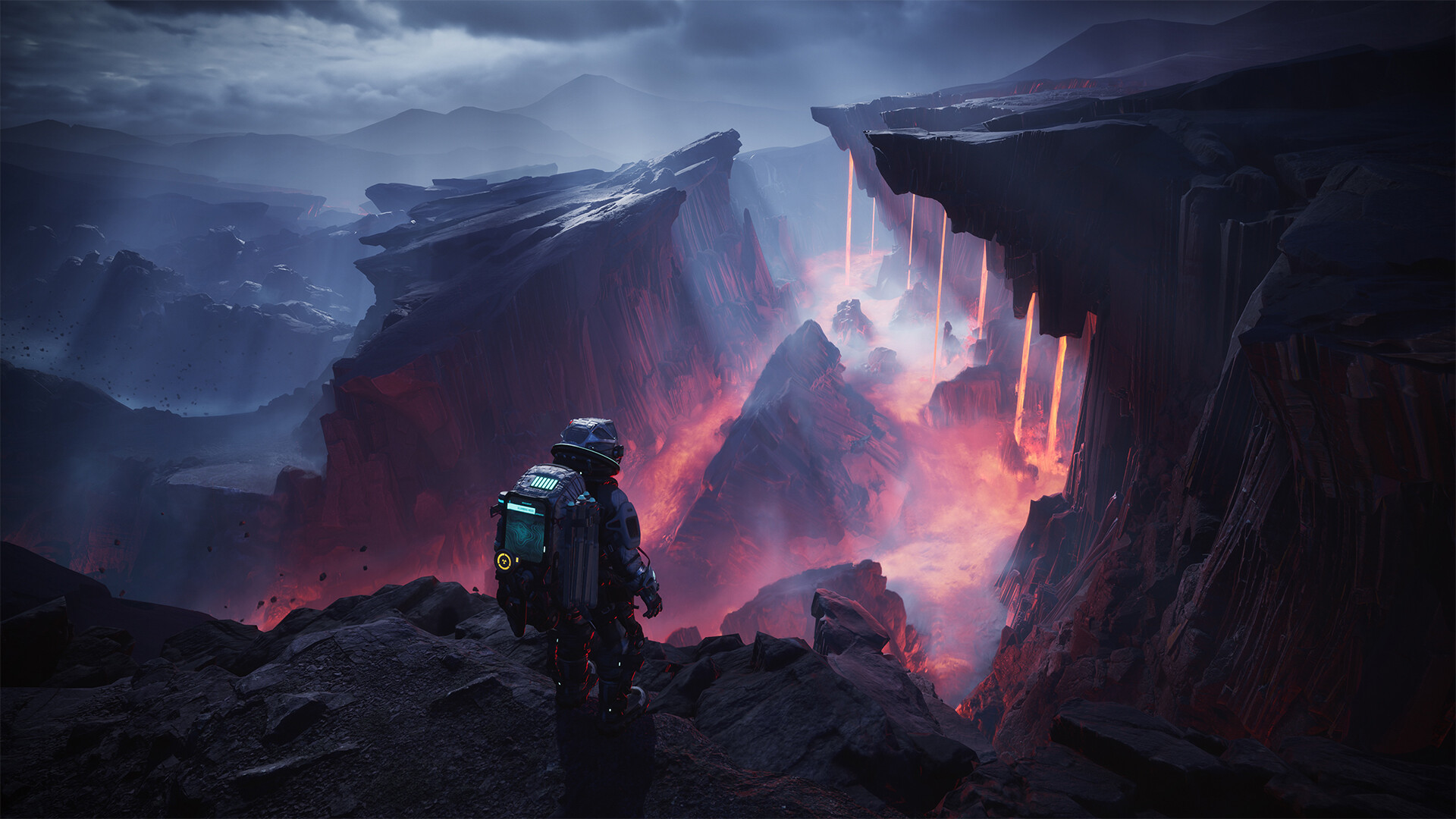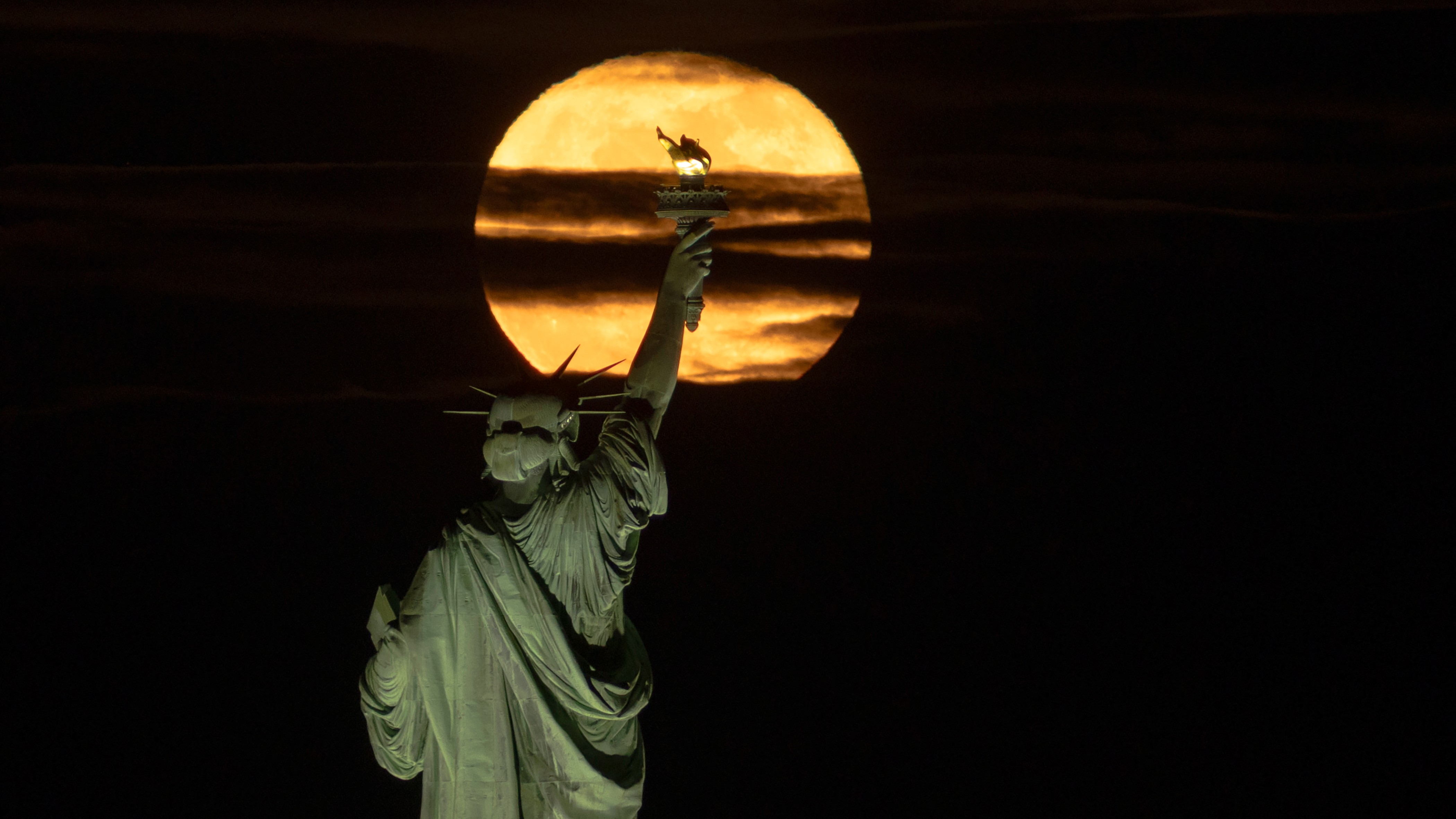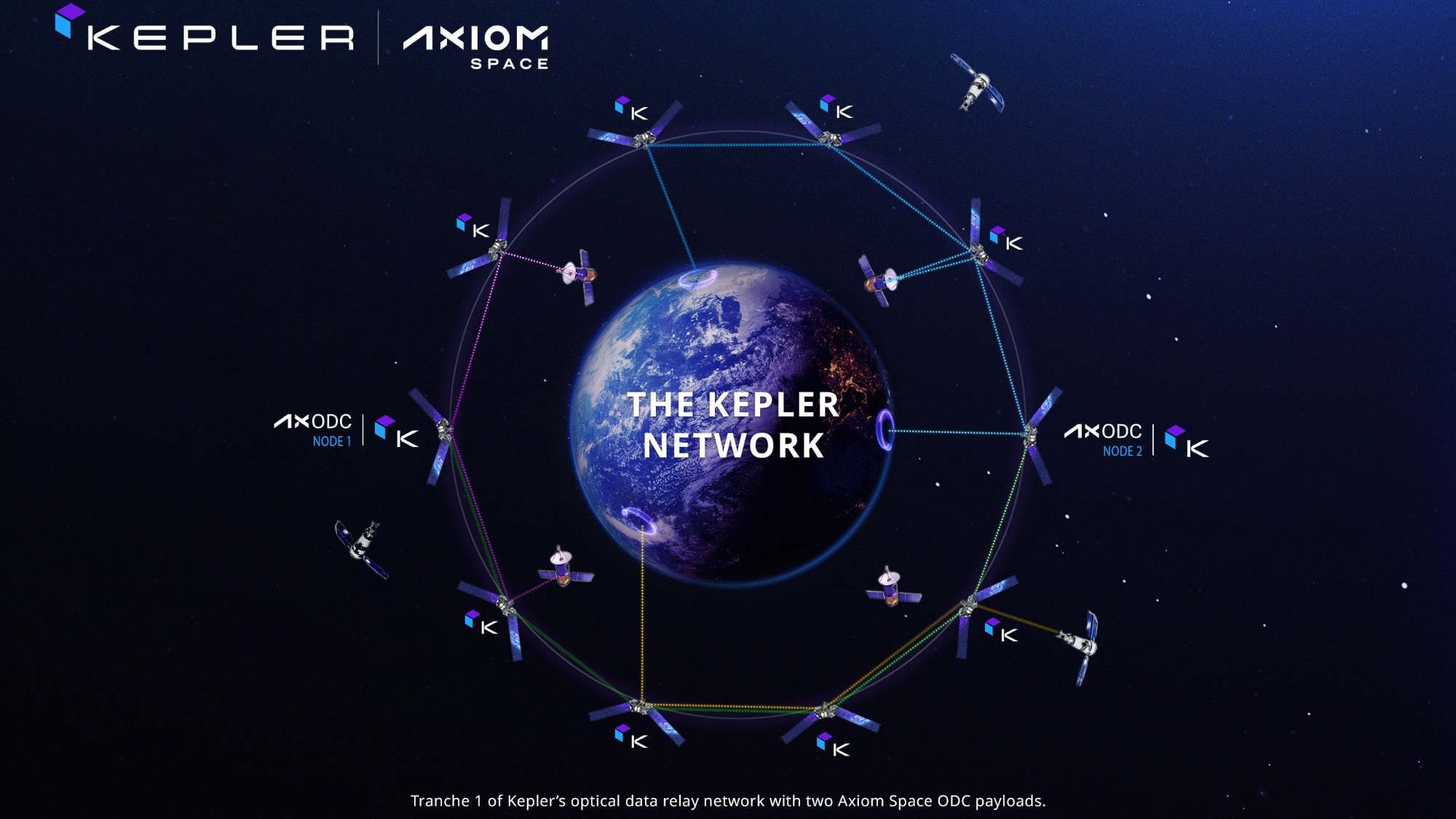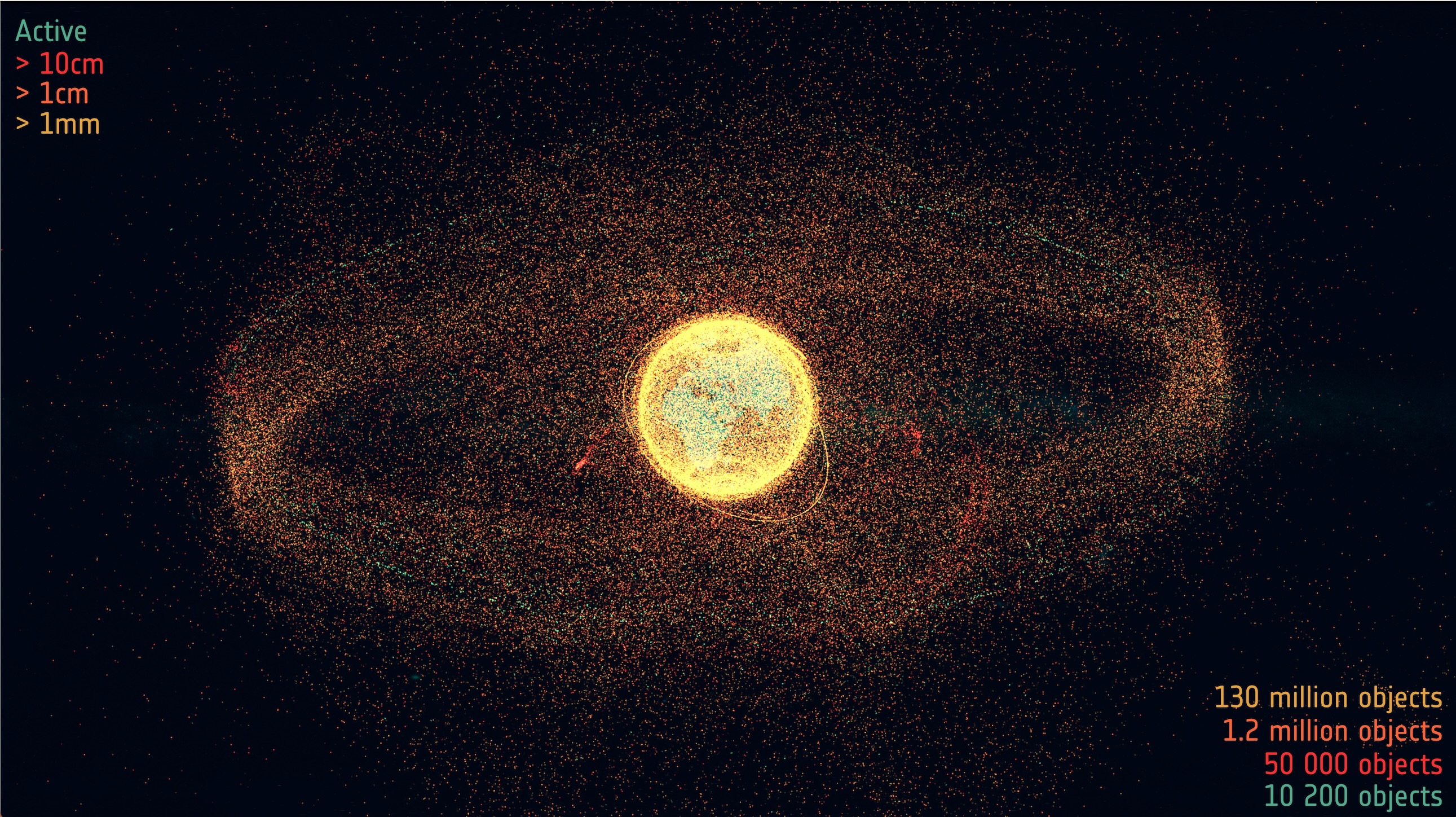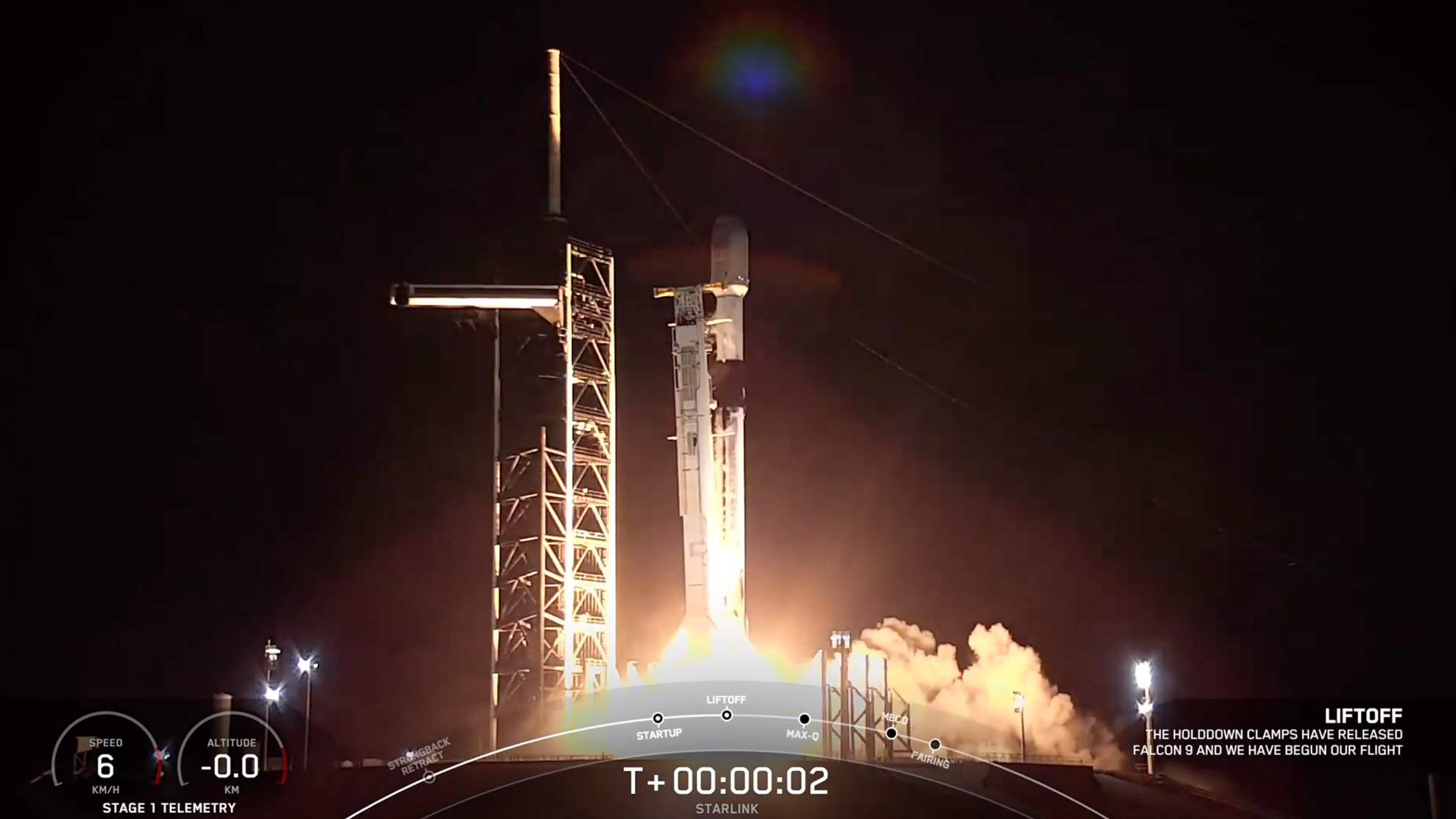'Ask an Astronaut' (US 2017): Book Excerpt

Tim Peake is a European Space Agency astronaut. He finished his 186 day mission on the International Space Station in June 2017. In addition to his illustrious career as an astronaut, Tim served as an officer in the British Army, and has logged more than 3,000 flight hours on over 30 different types of aircraft. He enjoys skiing, scuba diving, cross-country running, climbing and mountaineering, and completed the London Marathon in 2006 (before he completed it again while in space.) He has two sons. Below is an excerpt from his new book, "Ask an Astronaut" (Little, Brown and Co., 2017), which draws from the many questions he was asked after returning to Earth. Read a Q&A with Peake here.
Q What was the best part of your spacewalk?
A When Tim Kopra and I egressed the airlock on 15 January 2016, our main objective was to replace a failed Sequential Shunt Unit, or SSU, located at the base of one of the solar panels on the farthest starboard edge of the space station. The SSU receives coarse voltage from the solar panel and regulates it, so that the solar array operates at a constant voltage and load. With the SSU failed, the space station was down one- eighth of its electrical power, so it was an important job to restore the space station to full capability. [Watch British Astronaut Tim Peake Perform Dizzying Somersaults in Space]

Tim and I had to get to the worksite in a safe, yet expeditious, manner. Timing was critical to this EVA. Since the SSU receives coarse voltage from the solar panel, there is no way of switching it off. The only way to change it out safely is to wait until the Sun goes down . . . no Sun = no solar-power generation. Our timings were based on being in position at the worksite and ready to change out the unit just before sunset. As it happened, Tim and I made good progress and we were in position ten minutes ahead of schedule. Rather than putting us to work on another task and risk something detracting from our main objective, Mission Control elected to have us wait in position until darkness. Being told to ‘hang out’ for ten minutes on a spacewalk and watch a sunset, whilst floating at the very edge of the space station, is unheard of. Having grabbed the opportunity to take some photos (including the obligatory spacewalk ‘selfie’), I had about five minutes to soak up the view and reflect on my situation.
During my spacewalk by far the best part was a feeling of awe and reverence during those precious few minutes of ‘hanging out’ in space. As we crossed the terminator from day into night, it was like having a front- row seat in nature’s own IMAX theatre. I had a similar feeling when I first looked out of the Cupola window, although spacewalking took this to another order of magnitude. I had the ability and freedom to turn in any direction, one minute marvelling at how fragile and beautiful Earth looked as it slipped gracefully into shadow, the next minute being intimidated by the vast blackness of space stretching into infinity. It certainly gave new meaning to the word ‘perspective’. Unencumbered by the effects of gravity, not feeling the weight of my spacesuit or noticing the thin visor in front of my eyes, I felt completely detached – utterly removed from Earth, civilisation, the space station. I had the sensation of being a microscopic spectator in an immeasurably vast universe. It was, at the same time, the most astonishing and humbling experience of my life.
Excerpted from the book "Ask an Astronaut" by Tim Peake. Copyright © 2017 by Tim Peake. Reprinted with permission of Little, Brown and Company. All rights reserved.
Get the Space.com Newsletter
Breaking space news, the latest updates on rocket launches, skywatching events and more!
Follow us @Spacedotcom, Facebook and Google+. Original article on Space.com.
Join our Space Forums to keep talking space on the latest missions, night sky and more! And if you have a news tip, correction or comment, let us know at: community@space.com.
